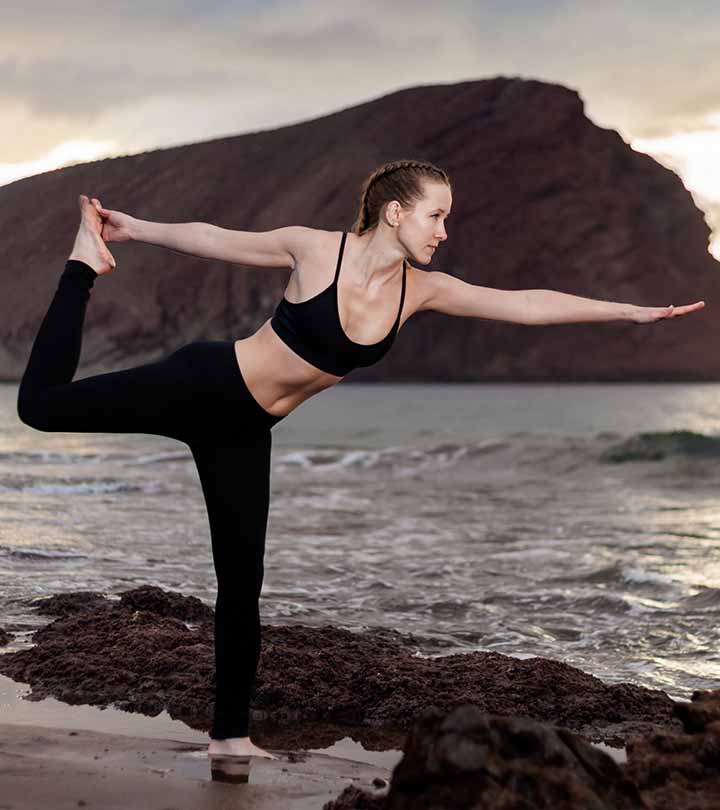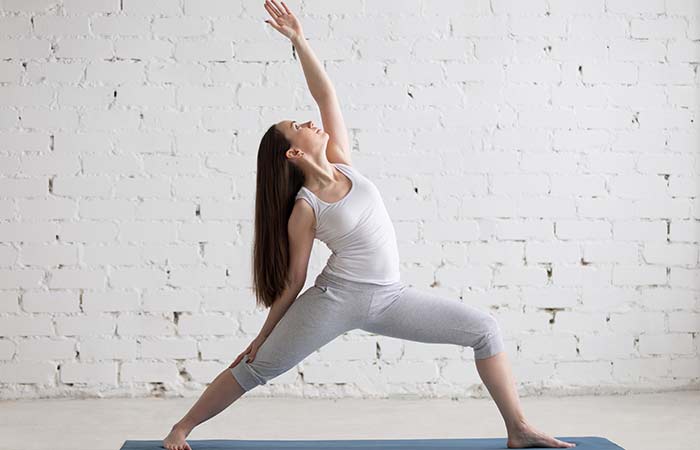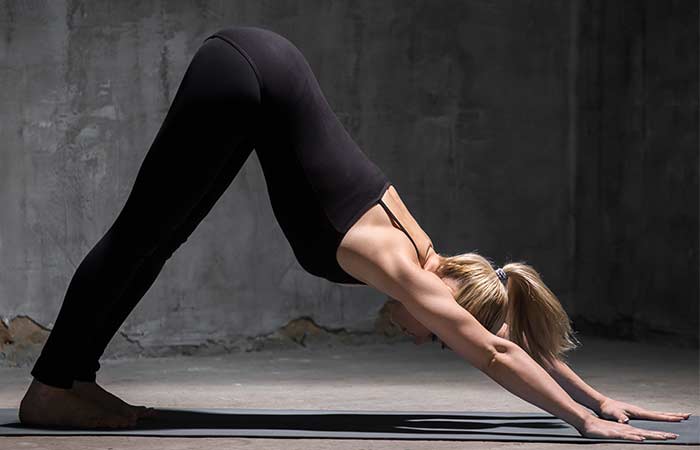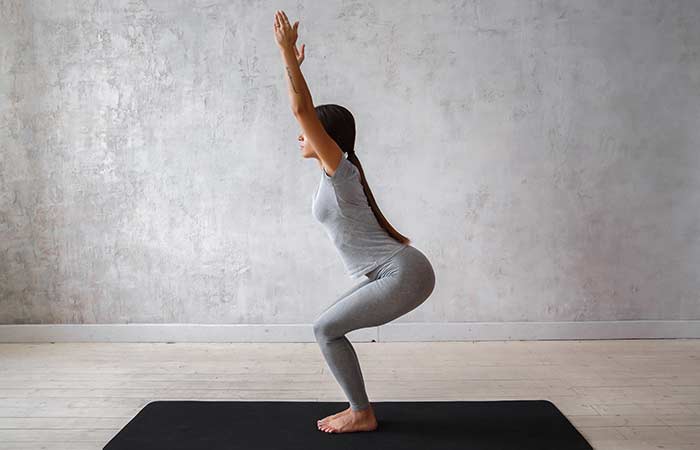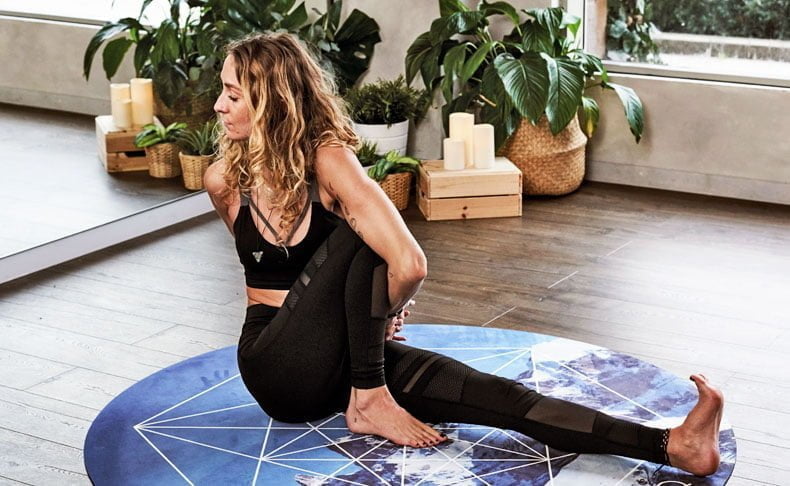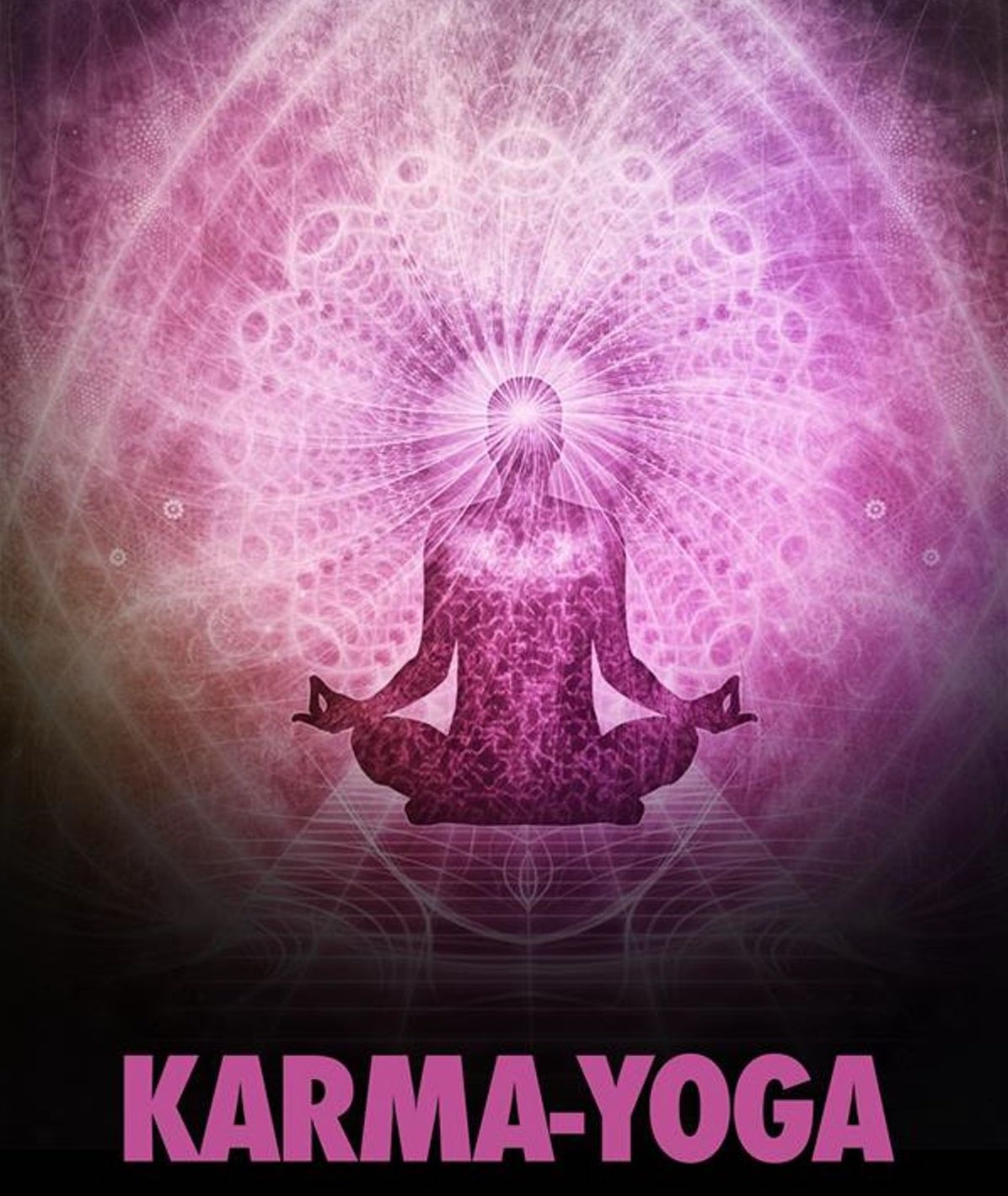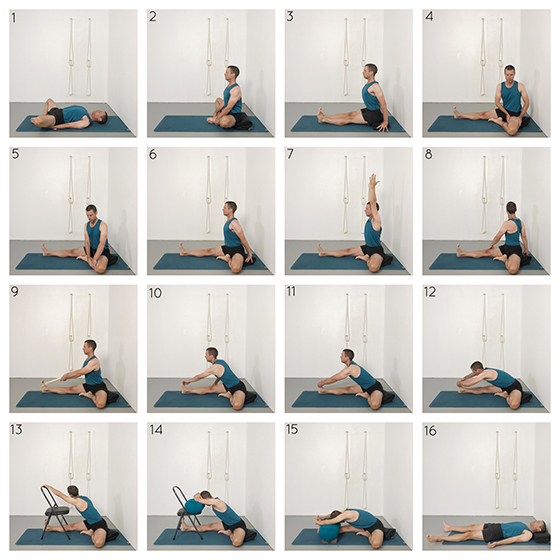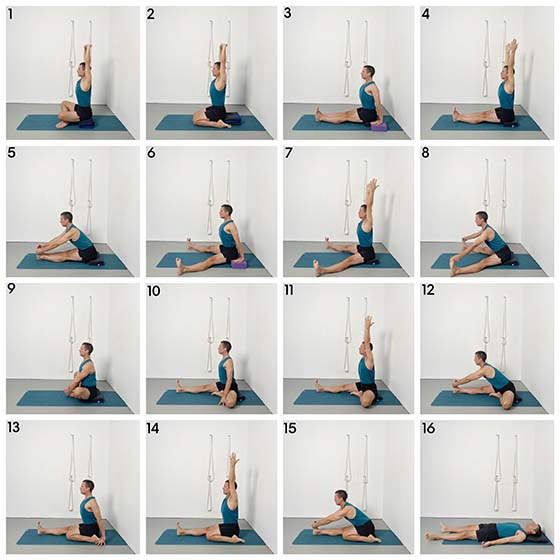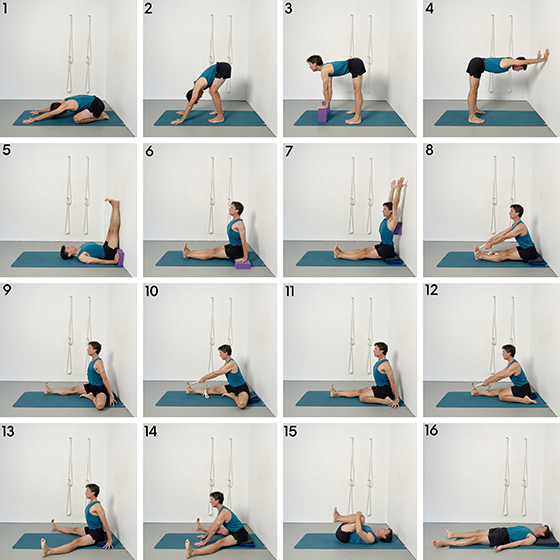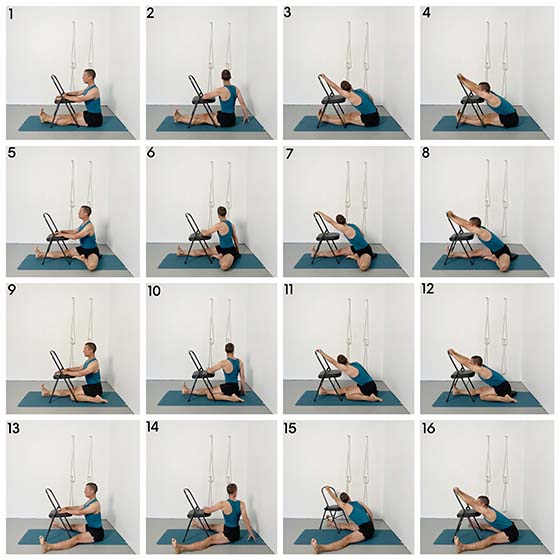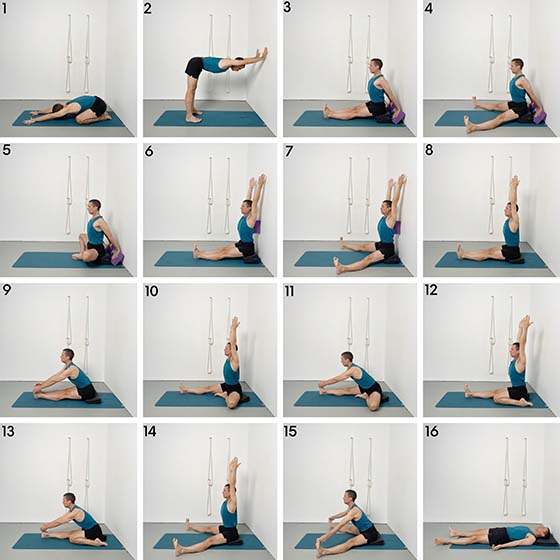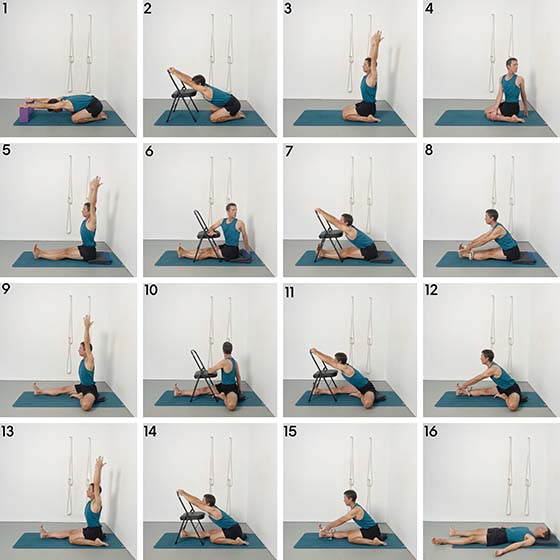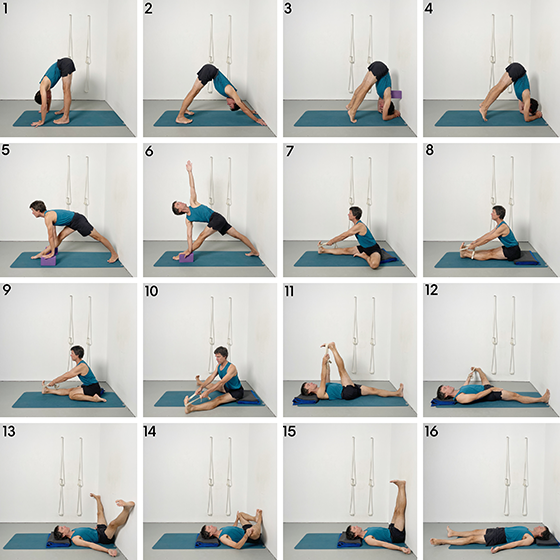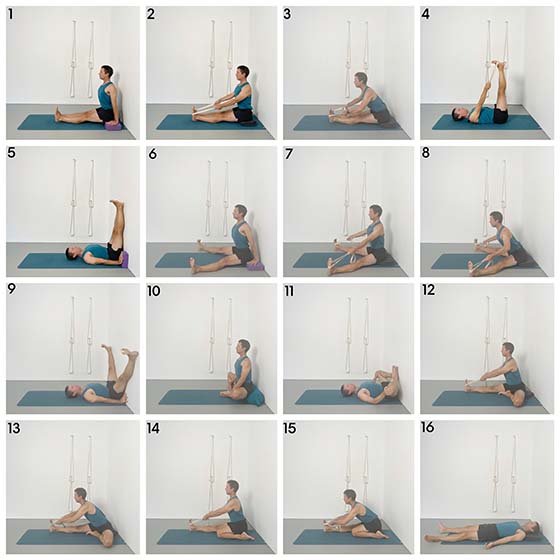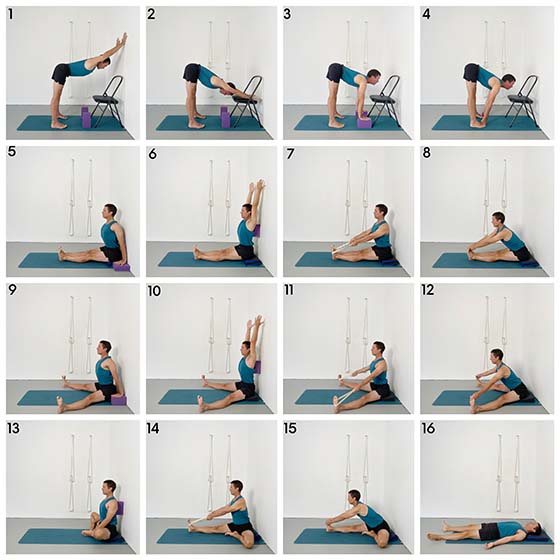Jivamukti Yoga is a dynamic and spiritually focused practice that originated in New York City in the 1980s. Created by Sharon Gannon and David Life, this yoga style combines physical postures, meditation, chanting, and ethical principles to help practitioners connect with their inner selves and the world around them.

What is Jivamukti Yoga
At its core, Jivamukti Yoga seeks to promote a sense of compassion, non-violence, and environmental activism, making it a popular choice for those seeking a holistic approach to wellness.
The benefits of Jivamukti Yoga go beyond just physical health. By practicing this form of yoga, individuals can experience increased strength and flexibility, improved mental clarity, and a greater sense of inner peace.
Key Takeaways:
Jivamukti Yoga is a spiritual and physically focused practice that originated in New York City in the 1980s.
It combines physical postures, meditation, chanting, and ethical principles to promote inner harmony and connection with the world.
Jivamukti Yoga emphasizes compassion, non-violence, and environmental activism.
Practitioners can experience increased physical strength and flexibility, improved mental clarity, and a sense of inner peace.
The benefits of Jivamukti Yoga extend beyond just physical health.
Understanding Jivamukti Yoga Philosophy
At the core of Jivamukti Yoga is a rich philosophy that sets it apart from other yoga practices. Founded in 1984 by Sharon Gannon and David Life, Jivamukti Yoga emphasizes compassion, non-violence, and environmental activism.
Derived from the Sanskrit word “Jivanmukti” meaning “liberation while living” the practice emphasizes the interconnectedness of all beings and aims to promote a holistic approach to life. Its principles are firmly rooted in ancient yoga scriptures, including the Bhagavad Gita and Yoga Sutras of Patanjali.
The Principles of Jivamukti Yoga
Jivamukti Yoga is founded on five principles that help practitioners lead a more enlightened life. These principles are:
Shastra (scripture)
Bhakti (devotion)
Ahimsa (non-violence)
Nada (music)
Dhyana (meditation)
Ahimsa, in particular, is central to Jivamukti Yoga. It requires practitioners to adopt a compassionate and non-violent approach to all living beings, extending beyond traditional yogic practices to encompass animal rights and environmental activism.
Jivamukti Yoga and Compassion
Central to the philosophy of Jivamukti Yoga is the belief that all beings are interconnected and that our actions have a ripple effect on the world around us. This belief translates into a deep respect for the environment, a commitment to ethical practices, and a dedication to social justice.
Jivamukti Yoga recognizes that yoga is not just about the physical practice but also about cultivating a sense of empathy and compassion for all living beings. By embracing these principles, practitioners can lead a more meaningful and fulfilling life, both on and off the mat.
The Importance of Jivamukti Yoga Philosophy
While physical postures are an essential component of Jivamukti Yoga, the practice’s philosophy is equally important. Understanding the principles and teachings that form the foundation of this practice can help practitioners deepen their understanding of yoga and lead a more enlightened life.
Jivamukti Yoga’s emphasis on ethical practices, compassion, and environmental stewardship makes it uniquely suited for those seeking a more holistic approach to yoga and life. Whether you’re a beginner or an experienced yogi, exploring Jivamukti Yoga philosophy can help you unlock new insights, deepen your practice, and lead a more fulfilling life.
Exploring Jivamukti Yoga Poses
In Jivamukti Yoga, the physical practice revolves around flowing sequences of postures, known as vinyasas, that are designed to challenge and invigorate the body while promoting mental clarity and inner peace.
While executing these poses, practitioners are encouraged to focus on their breath and maintain a steady, meditative state of mind. This approach helps create a sense of calm and introspection, allowing practitioners to deepen their practice and access new levels of self-awareness.
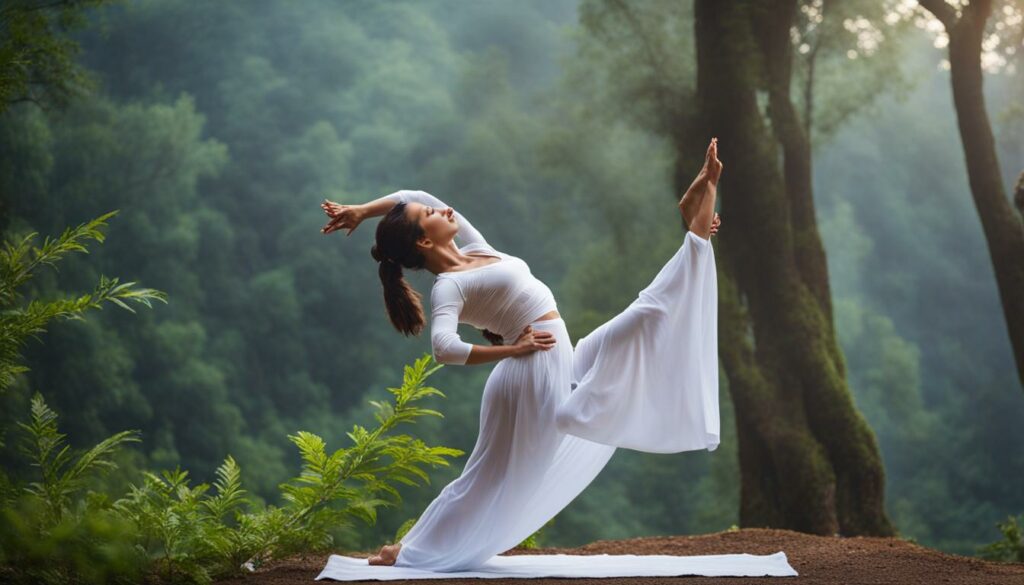
The variety of Jivamukti Yoga poses allows practitioners to customize their practice to suit their individual strengths and goals. Whether you are looking to increase flexibility, build strength, or find inner peace, Jivamukti Yoga poses offer a fulfilling and transformative experience.
Integrating Meditation in Jivamukti Yoga
At the heart of Jivamukti Yoga is the integration of meditation into the asana practice. By bringing mindfulness and focus to the breath and body, practitioners can cultivate a deeper sense of inner peace and clarity.
Meditation in Jivamukti Yoga is not simply the act of sitting in silence; it is an active process that engages both the mind and body. The practice involves a variety of techniques, including visualization, chanting, and pranayama (breathing exercises), which are designed to quiet the mind and open the heart.
One of the most commonly used techniques in Jivamukti Yoga meditation is mantra repetition. This involves repeating a sacred word or phrase, such as “Om,” “Om Namah Shivaya” or “Lokah Samastah Sukhino Bhavantu” with the intention of aligning the mind with the divine.
Pranayama, or breath control, is also an essential aspect of Jivamukti Yoga meditation. By practicing various breathing techniques, practitioners can calm the mind, reduce stress and anxiety, and increase overall well-being. One of the most common pranayama techniques in Jivamukti Yoga is Bhastrika, or “bellows breath,” which involves rapid and forceful inhalations and exhalations through the nose.
“Meditation is not a means to an end. It is both the means and the end.” – Jiddu Krishnamurti
Integrating meditation into the Jivamukti Yoga practice can have profound effects on both the body and mind. Regular practice has been shown to reduce stress and anxiety, improve focus and concentration, increase self-awareness and compassion, and promote overall emotional well-being.
At Jivamukti Yoga studios, meditation is often incorporated into the asana practice, with teachers guiding students through various techniques throughout the class. Practitioners can also incorporate meditation into their daily lives, dedicating a few minutes each day to quieting the mind and connecting with their inner selves.
The Jivamukti Yoga Lifestyle
Practicing Jivamukti Yoga extends beyond the mat and involves adopting a holistic lifestyle approach. This includes conscious living, ethical practices, and mindful choices that align with the core principles of Jivamukti Yoga. Let’s take a closer look at the various aspects of the Jivamukti Yoga lifestyle:
Ethical Practices
Jivamukti Yoga emphasizes compassion, non-violence, and environmental activism. This means that practitioners are encouraged to live a life that is kind to animals, humans, and the planet. The Jivamukti Yoga lifestyle includes adopting a vegan or vegetarian diet and supporting sustainable and eco-friendly practices.
Conscious Living
Conscious living is a key aspect of the Jivamukti Yoga lifestyle. This involves being mindful of one’s actions, thoughts, and words, and making conscious choices that promote well-being and harmony. This includes taking care of one’s physical, emotional, and spiritual health, as well as living in a way that aligns with one’s core values.
Meditation
Meditation is an integral part of Jivamukti Yoga, and its benefits extend beyond the mat. Practicing meditation regularly can help promote mental clarity, reduce stress and anxiety, and improve overall well-being. Meditation is a tool that can help practitioners cultivate inner peace and connect with their true selves.
Celebrating Diversity
Jivamukti Yoga celebrates diversity and encourages practitioners to embrace differences. This means creating a safe and inclusive space for all individuals, regardless of race, gender, or sexual orientation. The Jivamukti Yoga community is built upon a foundation of acceptance and support, where everyone is welcomed with open arms.
Adopting the Jivamukti Yoga lifestyle can help practitioners live a more mindful, compassionate, and fulfilling life. By integrating the principles of Jivamukti Yoga into our daily routines, we can create a more harmonious world for ourselves and others.
Benefits of Jivamukti Yoga
Practicing Jivamukti Yoga offers numerous benefits for both the mind and body. Here are some of the key advantages:
Increased flexibility: The physical postures and sequences practiced in Jivamukti Yoga can help improve flexibility, allowing you to move more freely and comfortably in your daily life.
Greater strength: Jivamukti Yoga postures also build muscle and increase strength, leading to improved physical performance and less risk of injury.
Reduced stress: The focus on breath and meditation in Jivamukti Yoga can help reduce stress and anxiety, promoting a sense of calm and relaxation.
Improved mental clarity: The meditation techniques used in Jivamukti Yoga can also enhance mental clarity and focus, improving overall cognitive performance.
Deeper self-awareness: Through the emphasis on self-reflection and self-inquiry in Jivamukti Yoga, practitioners can gain a deeper understanding of themselves and their place in the world.
Enhanced compassion: Jivamukti Yoga also promotes compassion for all living beings, leading to a greater sense of interconnectedness and empathy.
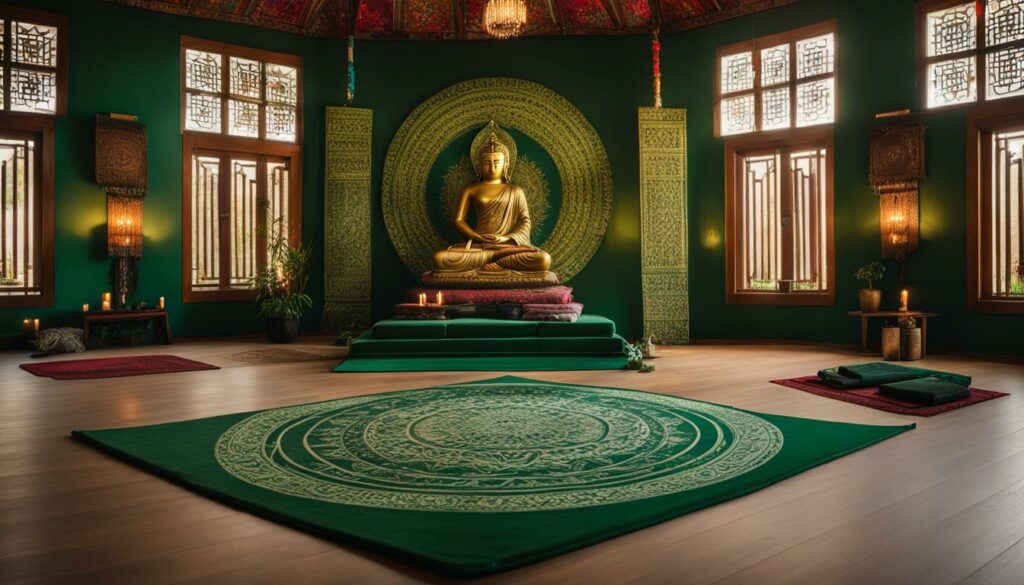
Jivamukti Yoga Teacher Training
Are you interested in becoming a Jivamukti Yoga instructor? The Jivamukti Yoga Teacher Training program is a rigorous and immersive experience that equips you with the skills and knowledge needed to teach this transformative practice.
The program is led by experienced Jivamukti Yoga instructors and covers a range of topics including asanas, meditation, philosophy, and ethics. The curriculum meets the standards set forth by Yoga Alliance, ensuring that graduates are certified and qualified to teach Jivamukti Yoga.
Certification Requirements
To become a certified Jivamukti Yoga teacher, you must complete the required hours of training and demonstrate mastery of the material through a series of exams and evaluations. Additionally, you must adhere to the ethical principles set forth by Jivamukti Yoga, including non-violence, compassion, and environmental activism.
[……]
Read more
